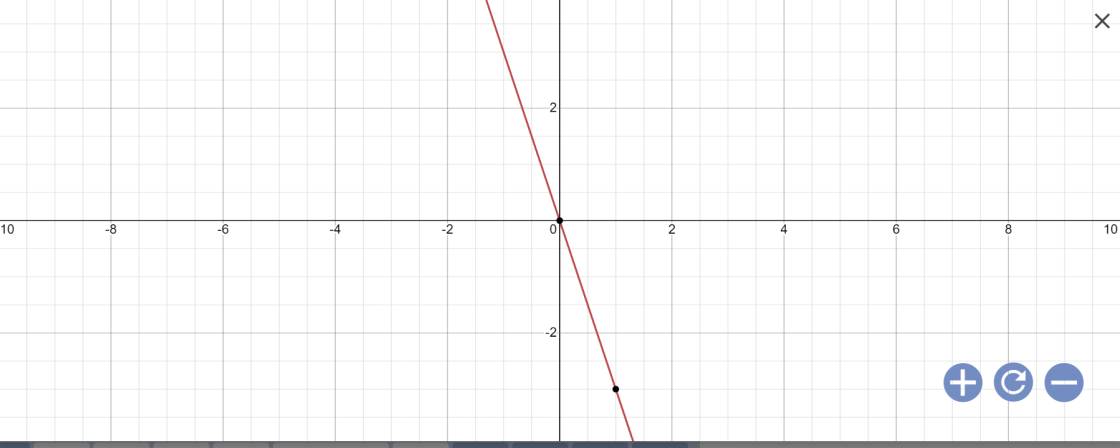Cho 6 điểm phân biệt sao cho không có 3 điểm bất kì nào thẳng
hàng. Có bao nhiêu tia được tạo thành bởi các đường thắng đi qua
2 trong 4 điểm trên ?
Hãy nhập câu hỏi của bạn vào đây, nếu là tài khoản VIP, bạn sẽ được ưu tiên trả lời.

\(2534m=2,534km\)
\(567m=56,7dam\)
\(450cm=4,5m\)
\(75dm=7,5m\)

a) \(\dfrac{2\times5\times16}{3\times5\times24}\)
\(=\dfrac{2\times5\times4\times4}{3\times5\times2\times3\times4}\)
\(=\dfrac{\left(2\times4\times5\right)\times4}{\left(2\times4\times5\right)\times\left(3\times3\right)}\)
\(=\dfrac{4}{3\times3}\)
\(=\dfrac{4}{9}\)
b) \(\dfrac{8\times7\times5\times3}{4\times14\times9\times5}\)
\(=\dfrac{2\times2\times2\times7\times5\times3}{2\times2\times2\times7\times3\times3\times5}\)
\(=\dfrac{2\times2\times2\times7\times3\times5}{\left(2\times2\times2\times7\times3\times5\right)\times3}\)
\(=\dfrac{1}{3}\)
c) \(\dfrac{15\times22\times9}{11\times25\times18}\)
\(=\dfrac{3\times5\times2\times11\times3\times3}{11\times5\times5\times3\times3\times2}\)
\(=\dfrac{\left(2\times3\times3\times5\times11\right)\times3}{\left(2\times3\times3\times5\times11\right)\times5}\)
\(=\dfrac{3}{5}\)

Gọi A là biến cố "Lấy được viên bi màu đỏ"
Trong túi có 8 viên màu đỏ nên n(A)=8
=>\(P\left(A\right)=\dfrac{8}{19}\)

Đây là một bài toán rất khó ta chỉ có cách từ đáp án suy ra phép tính. Nếu biết được đáp án thì ta có thể trình bày nó là:
\(3=\sqrt{9}\)
\(=\sqrt{1+8}\)
\(=\sqrt{1+2\cdot4}\)
\(=\sqrt{1+2\sqrt{16}}\)
\(=\sqrt{1+2\sqrt{1+15}}\)
\(=\sqrt{1+2\sqrt{1+3\cdot5}}\)
\(=\sqrt{1+2\sqrt{1+3\sqrt{25}}}\)
\(=\sqrt{1+2\sqrt{1+3\sqrt{1+24}}}\)
\(=\sqrt{1+2\sqrt{1+3\sqrt{1+4\cdot6}}}\)
\(=\sqrt{1+2\sqrt{1+3\sqrt{1+4\sqrt{36}}}}\)
\(=\sqrt{1+2\sqrt{1+3\sqrt{1+4\sqrt{1+35}}}}\)
\(=\sqrt{1+2\sqrt{1+3\sqrt{1+4\sqrt{1+5\cdot7}}}}\)
...
Và cứ thế tiếp tục ta có:
\(x=\sqrt{1+2\sqrt{1+3\sqrt{1+4\sqrt{1+5\sqrt{1+...}}}}}=3\)

1:
a: 
b: Vì (d3)//(d2) nên \(\left\{{}\begin{matrix}a=1\\b\ne2\end{matrix}\right.\)
Vậy: (d3): y=x+b
Thay x=-1 và y=3 vào (d3), ta được:
b-1=3
=>b=4
Vậy: (d3): y=x+4
Bài 2:
Gọi số sản phẩm tổ 1 phải sản xuất theo kế hoạch là x(sản phẩm)
(ĐIều kiện: \(x\in Z^+\))
Số sản phẩm tổ 2 phải sản xuất theo kế hoạch là:
900-x(sản phẩm)
Số sản phẩm thực tế tổ 1 làm được là:
\(x\left(1+20\%\right)=1,2x\left(sảnphẩm\right)\)
Số sản phẩm thực tế tổ 2 làm được là:
\(\left(900-x\right)\left(1+15\%\right)=1,15\left(900-x\right)\left(sảnphẩm\right)\)
Tổng số sản phẩm là 1055 sản phẩm nên ta có:
1,2x+1,15(900-x)=1055
=>0,05x+1035=1055
=>0,05x=20
=>x=400(nhận)
Vậy: số sản phẩm tổ 1 phải sản xuất theo kế hoạch là 400 sản phẩm
số sản phẩm tổ 2 phải sản xuất theo kế hoạch là 900-400=500 sản phẩm

a) \(2x=7+x\)
\(\Leftrightarrow2x-x=7\)
\(\Leftrightarrow x=7\)
Vậy \(S=\{7\}\)
b) \(\dfrac{x-3}{5}+\dfrac{1+2x}{3}=6\)
\(\Leftrightarrow\dfrac{3\left(x-3\right)}{15}+\dfrac{5\left(1+2x\right)}{15}=6\)
\(\Leftrightarrow\dfrac{3x-9+5+10x}{15}=6\)
\(\Leftrightarrow13x-4=90\)
\(\Leftrightarrow13x=94\)
\(\Leftrightarrow x=\dfrac{94}{13}\)
Vậy \(S=\left\{\dfrac{94}{13}\right\}\).
Mô phân sinh là một loại mô có trong thực vật. Nó bao gồm các tế bào không phân biệt có khả năng phân chia tế bào. Các tế bào trong mô phân sinh có thể phát triển thành tất cả các mô và cơ quan khác xảy ra trong thực vật.
20